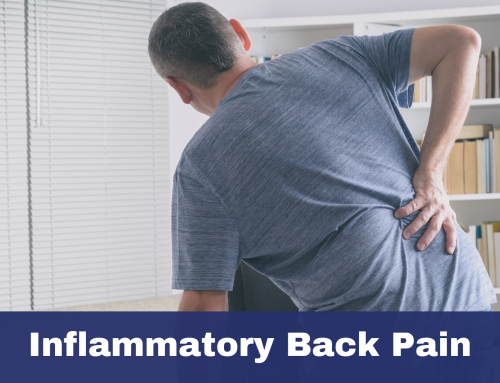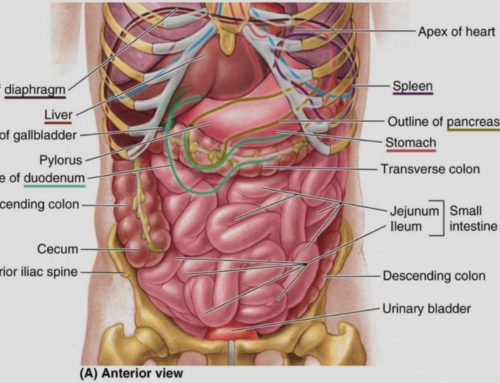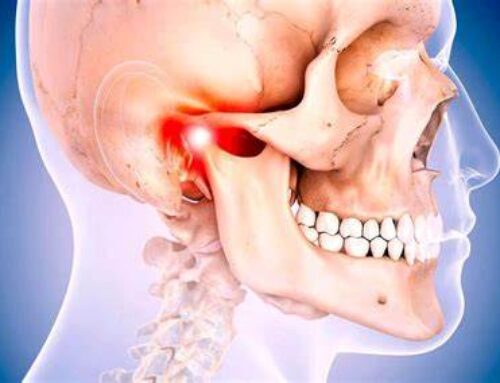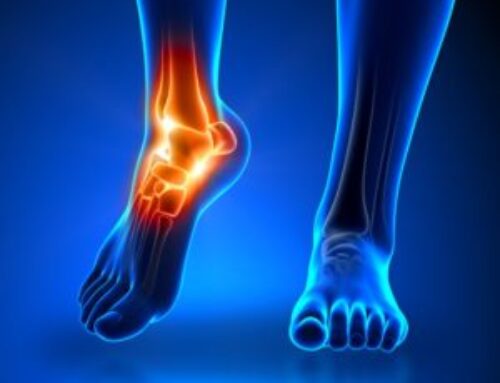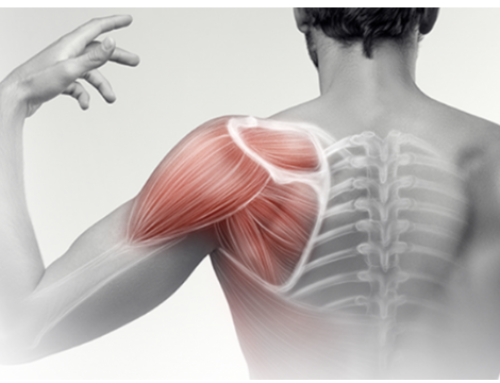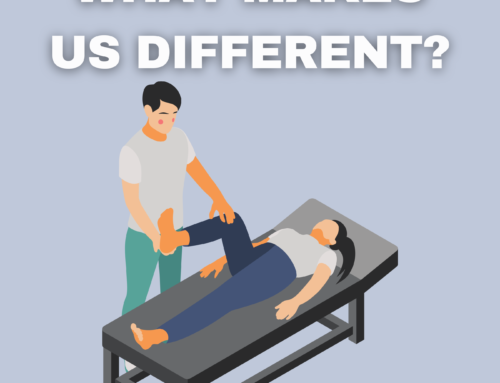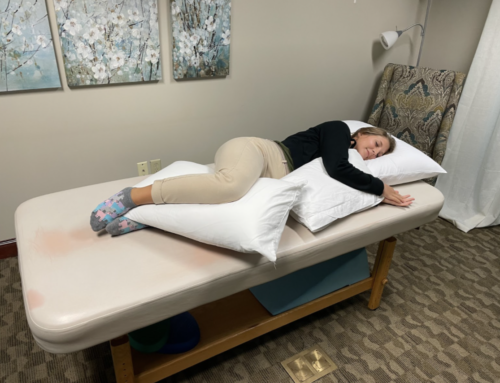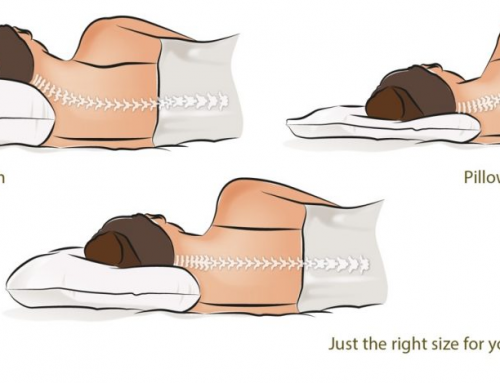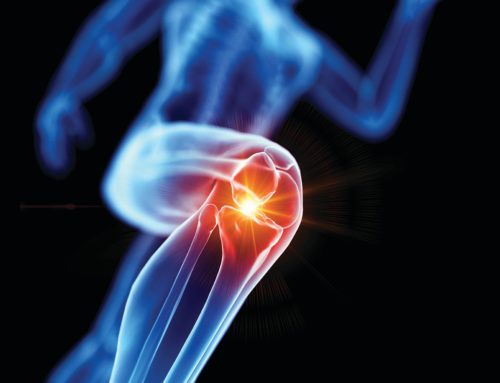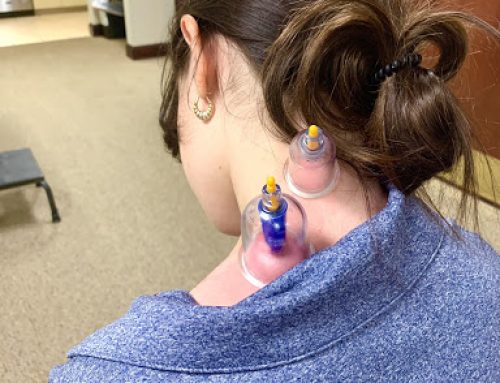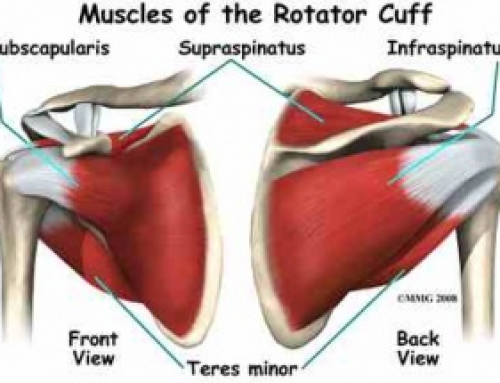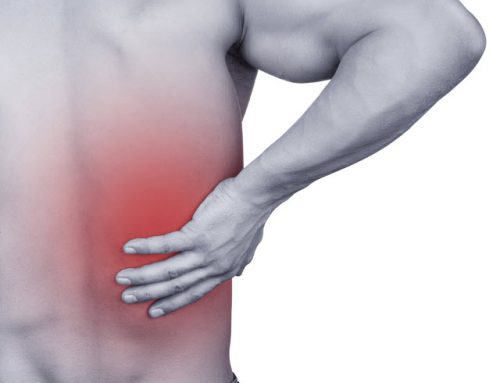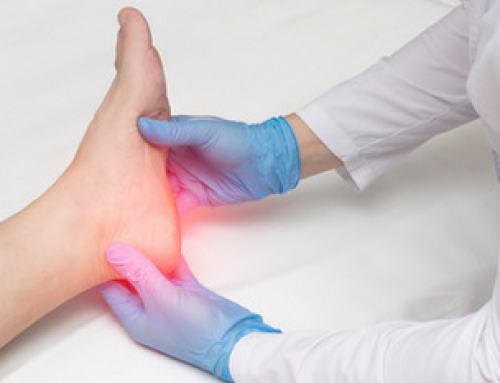The Centers for Disease Control and Prevention (CDC) reports that prescription opioids sales have quadrupled in the United States without any significant change in the amount of pain reported by Americans. As the overuse of opioids for chronic pain treatment becomes a public health epidemic, the CDC has released guidelines that recommend non-drug approaches such as physical therapy over long-term or high-dosage use of addictive prescription painkillers. That’s why you should say no to opioids or ask for other alternatives.
The CDC guidelines state that “non-pharmacologic therapy and non-opioid pharmacologic therapy are preferred for chronic pain.” While there are certain conditions where opioid prescription for chronic pain may be appropriate, such as cancer treatment, palliative care, and end-of-life care, the CDC has cited numerous cases where opioid use could be significantly reduced or avoided altogether.
According to the CDC’s contextual evidence review, many non-pharmacologic therapies, including physical therapy, can alleviate chronic pain. Physical therapy has been found to be effective in reducing pain and improving function in hip or knee osteoarthritis, low back pain, and fibromyalgia.
Physical therapists work with patients, their families, and other healthcare professionals to manage pain, often reducing or eliminating the need for opioids. Research has shown that a simple education session with a physical therapist can lead to improved function, range of motion, and decreased pain.
Before agreeing to a prescription for opioids, consider if physical therapy might be a better option for you. For physical therapy assistance, call Innovative Physical Therapy at (904) 280-2002 or visit our website at mymanualpt.com.










